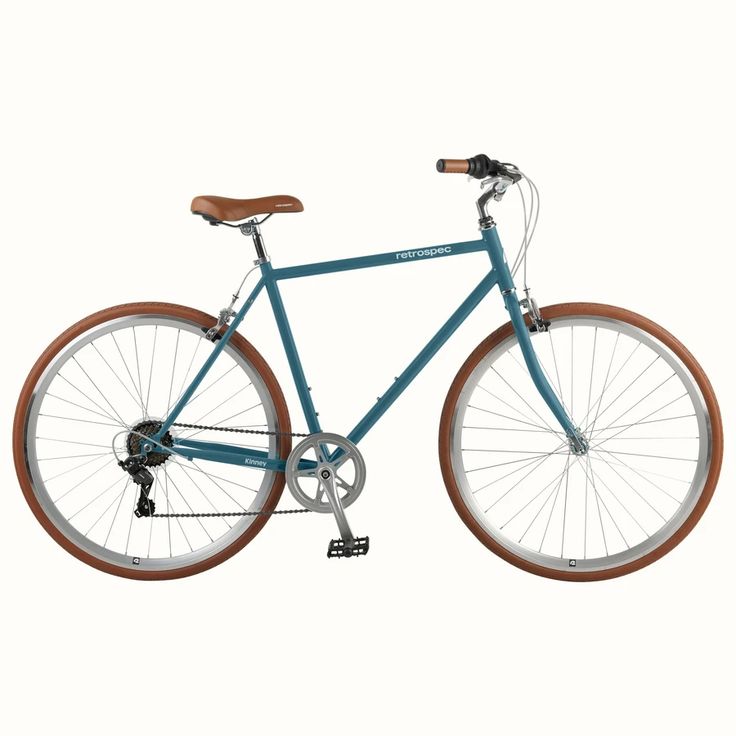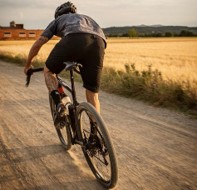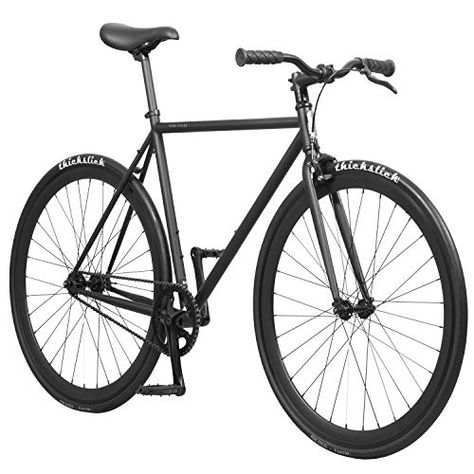
City Bikes
City bikes, also known as urban or commuter bikes, are designed for short-distance commuting in urban environments. They feature an upright riding position, fenders, and racks for carrying groceries.


City bikes, also known as urban or commuter bikes, are designed for short-distance commuting in urban environments. They feature an upright riding position, fenders, and racks for carrying groceries.

Gravel bikes blend road and mountain bike features, equipped with drop handlebars and wider tires for mixed terrains, making them perfect for adventure riders.
Gravel bikes are a hybrid of road and mountain bikes, offering a balance between speed and comfort, making them ideal for riders who want to explore mixed terrains yearround.

Mountain bikes are built for off-road terrain with robust frames, wide knobby tires, and suspension systems, ideal for trail riding and rough landscapes.
MTB as the name implies are focused on off road terrains, they won't go efficient or fast in tarmac

Hybrid bikes mix road and mountain bike features, offering a balance between speed and comfort, ideal for commuters and fitness riders.
Hybrid bikes are a middle ground between road and mountain bikes, offering a balance between speed and comfort, making them ideal for commuters and fitness riders.

Road bikes are built for speed and efficiency on paved roads, with lightweight frames and narrow tires for a high-intensity riding experience.
with light weight frames and narrow tires and low weight componets its the bike to go if you want to go fast cycling on tarmac, but it also comes with its chalanges as the narrow surface of the tyres make them unusable in anything other than tarmac

Single speed bikes have one gear ratio, making them simple and low-maintenance, often ideal for urban environments.

City bikes and hybrid bikes are designed with comfort and practicality in mind, making them excellent choices for urban commuting. Both types typically feature an upright riding position,
which allows riders to maintain a relaxed posture while navigating through city streets. This design not only enhances comfort but also improves visibility, making it easier for cyclists to see and be seen in traffic.
City bikes often come equipped with practical features such as fenders, racks, and lights, which are essential for daily commuting. They are built for short to moderate distances and are generally heavier than other bike types,
providing stability and durability on city roads.
Hybrid bikes, on the other hand, blend characteristics from both road and mountain bikes. They usually have wider tires than road bikes, which provide better traction and comfort on various surfaces,
including gravel paths and light trails.
This versatility makes hybrid bikes suitable for riders who may encounter different terrains during their commutes or recreational rides.
Overall,
both city and hybrid bikes are excellent choices for those looking to navigate urban environments efficiently and comfortably.
Gravel bikes and road bikes are both designed for speed and efficiency, but they cater to different riding experiences. One of the most notable features they share is the drop handlebars,
which allow for a more aerodynamic riding position. This design is particularly beneficial for long-distance rides, as it helps reduce wind resistance and allows for better control at higher speeds.
Road bikes are specifically engineered for paved surfaces and are built to be lightweight and fast. They typically have narrow tires and a more aggressive geometry,
which enhances speed and responsiveness on smooth roads. However, this design can limit their performance on rough or uneven terrain.
Gravel bikes, in contrast, are designed to handle a wider variety of surfaces, including unpaved roads, gravel paths, and even light trails. They feature wider tires with more tread,
providing better traction and stability on loose or uneven ground.
Additionally, gravel bikes often have a more relaxed geometry compared to road bikes, which enhances comfort during longer rides over mixed terrain.
This makes gravel bikes an excellent choice for adventurous cyclists who enjoy exploring off the beaten path while still being able to ride on roads.
Mountain bikes and gravel bikes are both built to tackle off-road terrain, but they have distinct features that cater to different types of riding experiences. Mountain bikes are designed for rugged trails and challenging terrains,
featuring robust frames, wide tires with deep treads, and advanced suspension systems. These characteristics allow mountain bikes to absorb shocks from rough surfaces, making them ideal for technical trails, steep descents,
and obstacles like rocks and roots. The geometry of mountain bikes is typically more aggressive, providing better control and stability during downhill rides.
Gravel bikes, while also capable of handling off-road conditions, are more versatile and geared towards mixed-terrain riding. They have a more relaxed geometry than mountain bikes, which enhances comfort over long distances.
Gravel bikes feature wider tires than road bikes but are not as heavily treaded as mountain bike tires, allowing them to perform well on both gravel paths and paved roads.
This makes gravel bikes suitable for riders who want to explore a variety of surfaces without the need for a dedicated mountain bike.
In summary, while both mountain and gravel bikes can handle off-road conditions,
mountain bikes are more rugged and specialized for extreme terrains, whereas gravel bikes offer versatility for mixed riding experiences.
Single speed bikes and road bikes are both known for their simplicity, but they serve different purposes and offer varying levels of performance. Single speed bikes are designed with a single gear ratio,
which means they do not have the complexity of multiple gears. This simplicity makes them lightweight and easy to maintain, making them an excellent choice for urban commuting and short-distance rides.
Riders of single speed bikes benefit from a straightforward riding experience, as they do not have to worry about shifting gears.
However, this can limit their ability to tackle steep hills or varied terrain,
as they rely on one gear for all conditions.